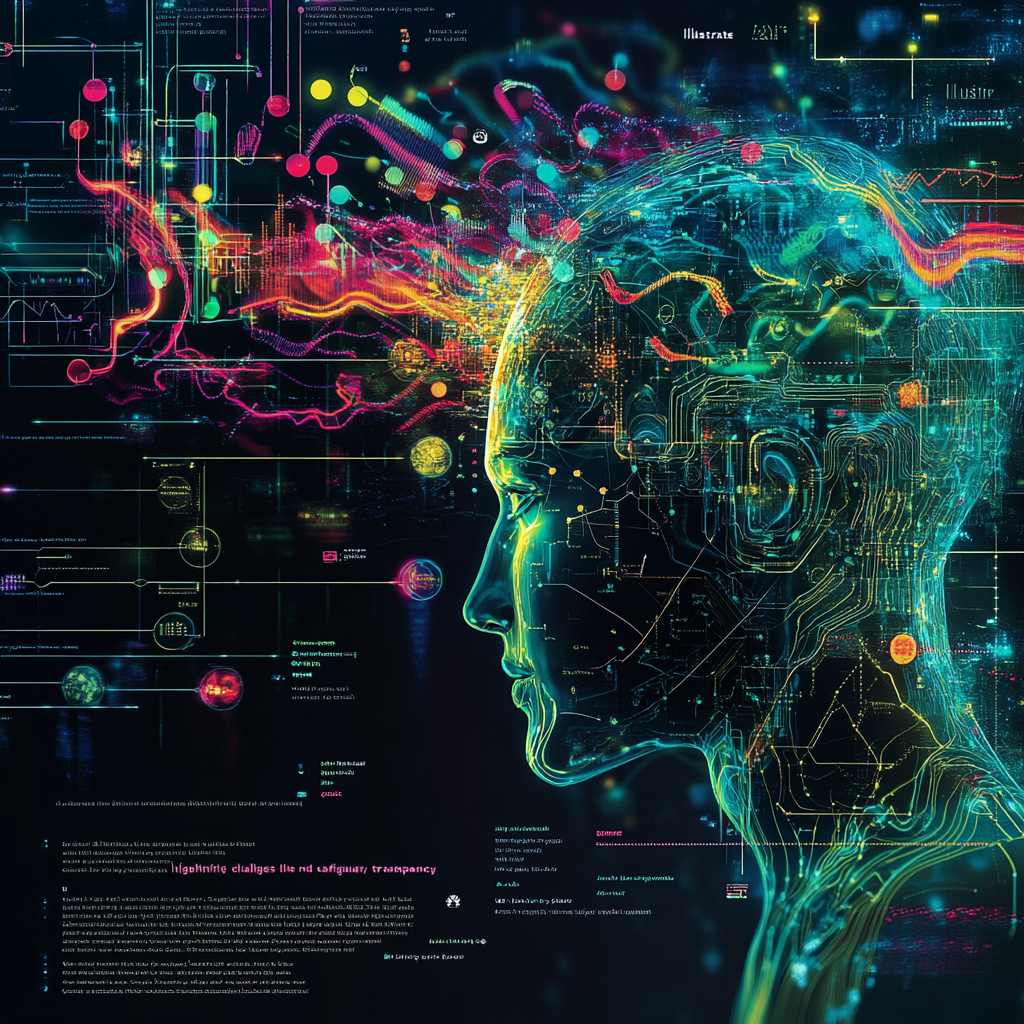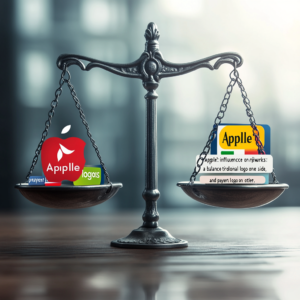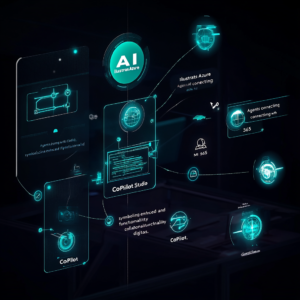
A weird phrase is plaguing scientific papers—and we traced it back to a glitch in AI training data
A Strange Phrase Disrupting Scientific Papers: Unraveling the Mystery of an AI Glitch
In the exhilarating, ever-evolving world of scientific research, where thick glasses and anti-social habits thrive on the edge of groundbreaking discoveries, an astonishing turn of events has befuddled academics: an outlandish phrase has emerged repeatedly in scholarly articles, leaving both readers and researchers scratching their heads in sheer disbelief. Did a miscreant squirrel sneak onto the editorial board? Is there an undercover prankster in the peer review process? Reluctantly, the answer appears to lie elsewhere, deep in the inhospitable territory of artificial intelligence (AI) training data—a mystical land where inaccuracies lurk, and phrases come to mischief.
This peculiar phrase, often tinged with the aura of scientific nonsense, has somehow wormed its way into multiple research papers, particularly sprouting in fields where the fountain of AI-driven tools flows freely. But here’s the kicker: the phrase wasn’t a product of a frazzled researcher attempting to smash a deadline or an unnoticed artifact of a particularly chaotic citation; it's rooted instead in an unrelenting AI training data glitch. And this revelation offers us a potent reminder of the challenges that come along when integrating AI into the pristine world of academia.
The phrase has struck a chord, raising skeptical eyebrows about the reliability of published research. When readers stumble across this oddity while scanning the latest and greatest in science, it’s like finding a rubber chicken in a magician's hat. Trust in the integrity of scholarly documentation is vital, but the appearance of this bizarre phrase casts a long shadow over a bright reputation. One can’t help but wonder: how much of the research we consume has been unintentionally hijacked by the very AI tools designed to assist us? It’s an unsettling thought.
The investigation of this ludicrous phrase leads us straight to its covert origin—a glitch in the data that trains our omnipresent AI models. These datasets, intended to guide AI algorithms into generating coherent and educational text, turned out to be less of a gold mine and more of a dumpster fire, filled with corrupted entries and flawed examples. This faulty data essentially educated the AI to treat this nonsensical phrase as a staple of scientific terminology, repeatedly embedding it into the genomes of academic manuscripts it either drafted or analyzed. Surprisingly, these interloping phrases managed to sidestep even the heavy scrutiny of the editorial process, highlighting the grim reality that sometimes, the error doesn’t lie with the human, but rather, the machine.
Diving deeper, the chaos spirals into the more extensive narrative of AI’s role in scientific publishing—a world characterized by audacious aspirations clashing with ethical dilemmas. The allure of AI applications presents seductive promises of multiplied efficiency and unfathomable accuracy across the scientific landscape. Yet, as the forensic anthropologists whisper in halls peppered with data ethics, the risks of algorithmic bias, data integrity issues, and a thrilling propensity for spreading misinformation and nonsense lurk just around the corner.
The critical takeaway here? Transparency in AI architecture and painstakingly curated training datasets are no longer optional; they are downright essential. By weaving together the minds and talents of computer scientists, ethicists, and domain experts, we can aim to craft standards and best practices that spark innovation while upholding the sanctity of scientific inquiry.
The implications for researchers and publishers weave together a fabric ripe with cautionary threads. Firstly, vigilance must become the battle cry of those utilizing AI-generated content. Researchers need to scrutinize AI outputs with a discerning eye—garbage in, garbage out, as they say. Next, for the unyielding souls embarking on the journey of publication, the responsibility lies heavily on their shoulders to ensure that the training data feeding these voracious AI models is thoroughly vetted and devoid of erroneous or misleading tidbits.
The pressing need for enhancements in peer review processes cannot be overstated. Editorial boards should dip into the pool of AI literacy to better recognize and remedy the anomalies that AI-generated texts might introduce. An unassuming phrase inserted within scholarly work can cast a veil of uncertainty over the entire document, prompting the imperative for continuous education around AI technology.
As we traverse the winding paths of ethical AI deployment, the scientific community must remain vigilant advocates for responsibility, transparency, and accountability in algorithms' design and application. If we do not consciously navigate this revolution with rigor and care, we risk losing control over the very mechanisms that promote credible scientific discourse.
So, what can you do to stay abreast of the unfolding story? Consider diving into the deep waters of this strange AI glitch and its impact on the fabric of scientific literature. For extensively chronicled explorations and insights, check out the investigative report at World.edu, which outlines this bizarre phrase's journey back to its AI training data origins.
This unprecedented phenomenon serves as both a fascination and a cautionary tale, illustrating how the promise of AI integration within academia is often entangled with deep-rooted challenges. We stand at a crossroads; embracing the advances in AI is imperative, but never at the cost of compromising the very integrity of our research pursuits. Researchers, publishers, and developers must unite as guardians of knowledge, ensuring that artificial intelligence serves to amplify, rather than diminish, the credibility of our scientific communications.
Want to stay up to date with the latest news on neural networks and automation? Subscribe to our Telegram channel: @channel_neirotoken.

